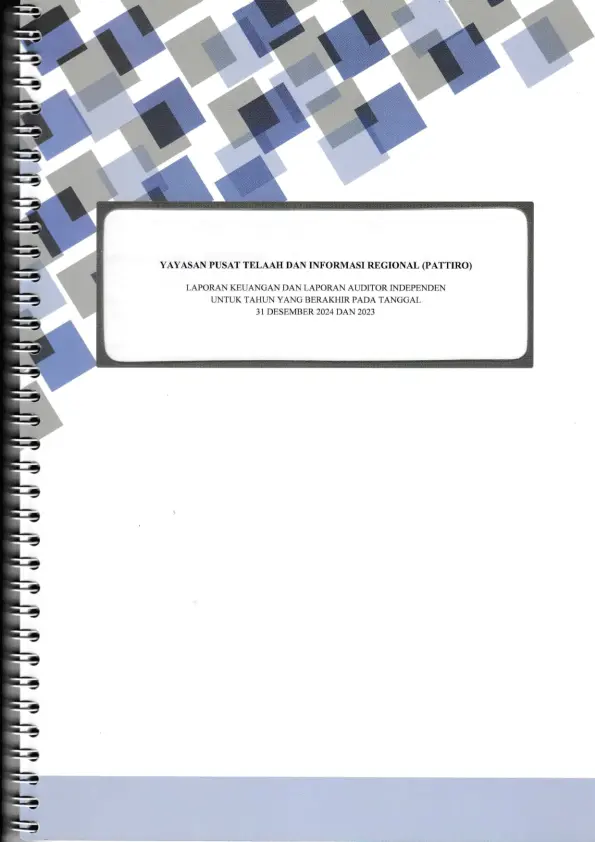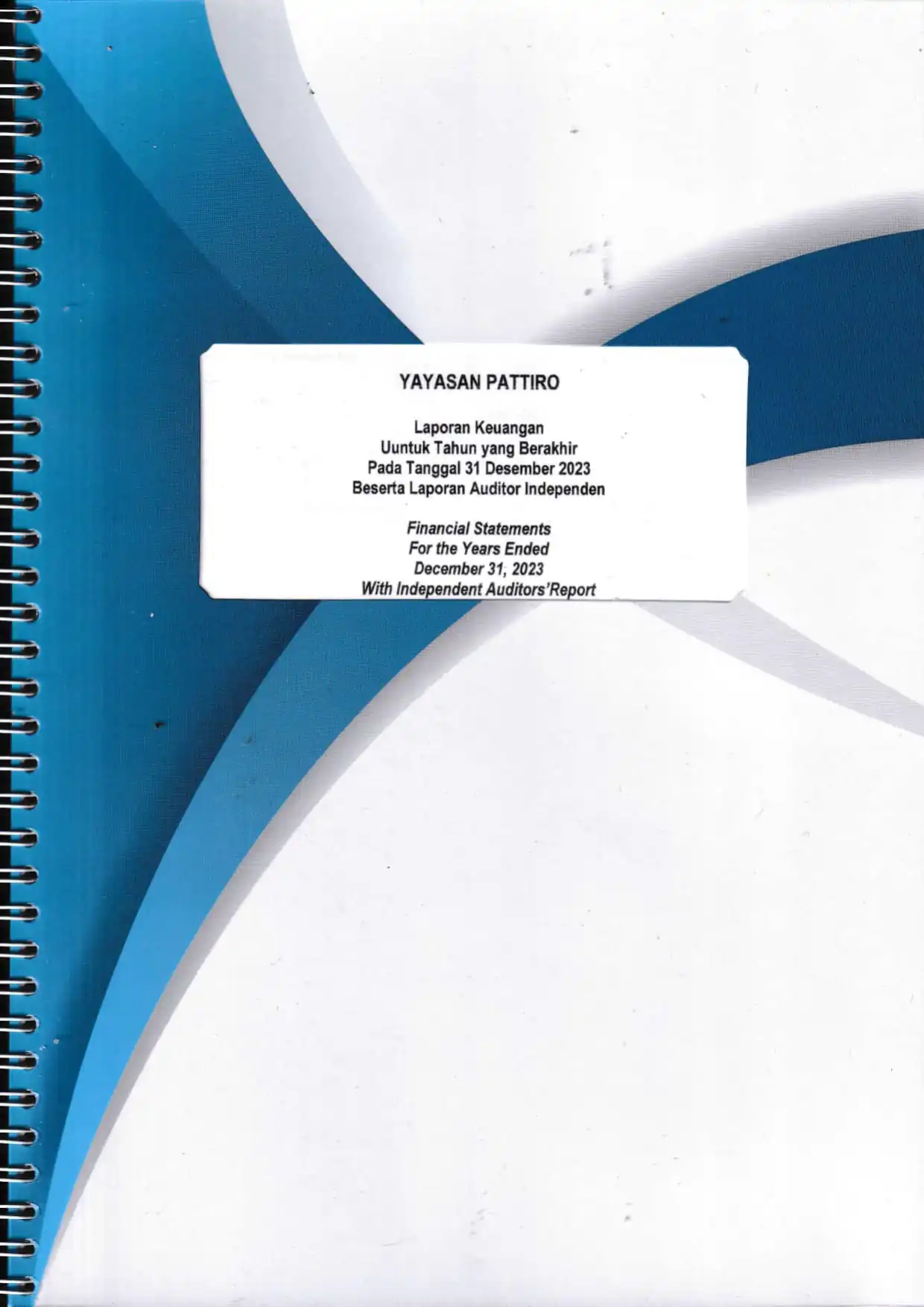
PATTIRO urges BPJS, District/City Health Services, and Community Health Centers to start being transparent about the use of National Health Insurance (JKN) capitation funds. The funds managed come from community contributions so that the community has the right to demand accountability for their use, either directly or through the Health Committee/Council as part of social monitoring.
As the implementation of JKN has been running for almost a year, Puskesmas as First Level Health Facilities (FKTP) owned by local governments have begun to receive capitation funds from BPJS Health. The use and management of capitation funds is regulated by Presidential Regulation (Perpres) No. 32/2014 and Minister of Health Regulation (Permenkes) No. 19 of 2014.
The Presidential Decree in question regulates the management of capitation funds for Community Health Centers that have not implemented or have Regional Public Service Agency (BLUD) status. Meanwhile, the Minister of Health Regulation regulates the use of capitation funds, both at BLUD and non-BLUD Community Health Centers. With this policy, more funds will be managed by the Community Health Center. So far, the Community Health Center has received operational funds and program activity funds from the APBD, Health Operational Assistance (BOK) funds transferred directly from the APBN and Health DAK.
The capitation fund is the amount of monthly payment paid in advance to the Puskesmas based on the number of registered JKN participants, without taking into account the type and amount of health services provided. This means that Puskesmas, as the first level health facility owned by the regional government, will receive a transfer of fresh funds at the beginning of the month, taking into account only the number of JKN participants in their area. The funds that have been sent to the Puskesmas will be used by the Puskesmas to pay for health services (minimum 60% of the total capitation funds requested) and the remainder will be used for operational costs.
Payment for health services will be paid to health and non-health workers by considering various variables, including type of staff or position and level of attendance. The type of personnel variable is medical personnel, non-medical personnel, nurses, pharmacists and so on. Meanwhile, points are given for attendance and will be deducted if they are not present.
Meanwhile, operational costs can be used to finance medicines that are not provided by the APBD, medical equipment, or other health operational activities. These include individual health efforts in the form of promotive, preventive and other rehabilitation, home visits for individual health efforts, mobile health center operations, printed materials or office stationery, information systems and financial administration.
Thus, the Community Health Center actually has the freedom to develop effective health promotion efforts. If all this time, Community Health Centers and Health Services have always argued that promotional funds are too small, then with the capitation of JKN funds, there is no longer any reason not to optimize promotional and preventive efforts.
*Press release published online by Hukum Online on Tuesday, December 16, 2014. Read the article here
Jakarta, December 16, 2014





